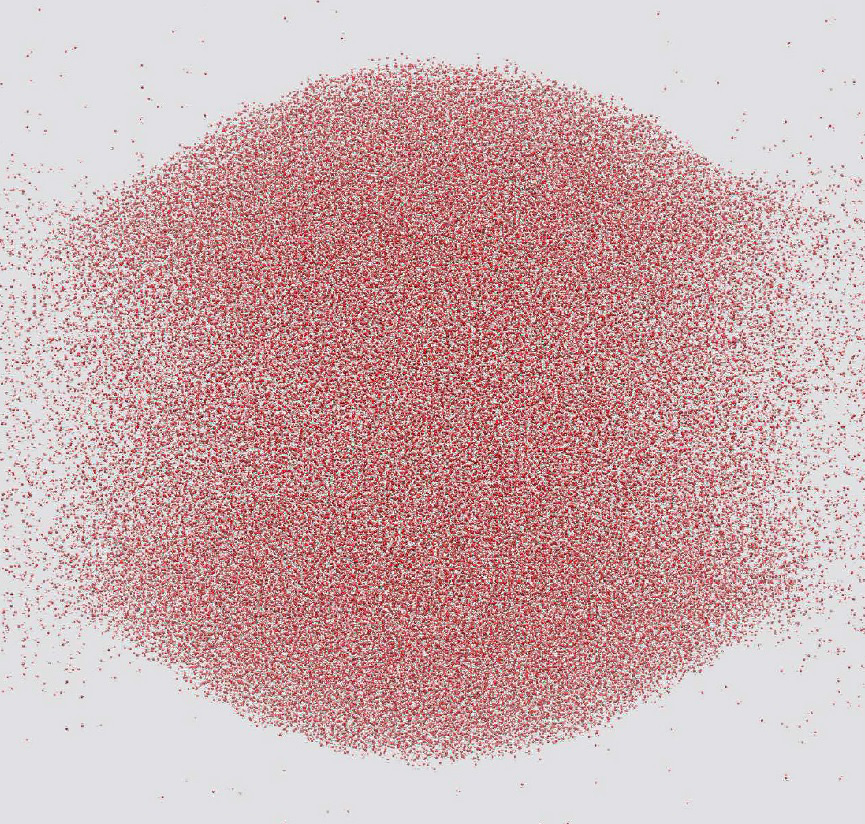November 28, 2017

A recent paper [1] by the MBN Research Center team on ion-induced multi-fragmentation of liquid droplets has been highlighted by the European Physical Journal D (EPJD). It also got coverage in the Europhysics News journal.
In this study, an instability of liquid droplets traversed by energetic ions was explored theoretically. An observation of multi-fragmentation of small droplets traversed by ions with high linear energy transfer was suggested to demonstrate the existence of shock waves.
The presence of shock waves may crucially affect the scenario of radiation damage with ions since the shock waves significantly contribute to the thermomechanical damage of biomolecules as well as the transport of reactive species like secondary electrons and free radicals. The existence of such waves was predicted in the process of investigation of physical effects relevant to the radiation damage with ions, summarized as the MultiScale Approach to the physics of radiation damage with ions. Even though a number of ideas of experiments to detect shock waves were exchanged at conferences, they have not been realized, and thus far, this effect has not been observed.
The EPJD paper [1] revealed that in the presence of shock waves a water droplet of a certain size hit by an ion can be fragmented into much smaller droplets if its radius is in the 30 - 1000 nanometer range. According to the estimates, this happens within about 100 picoseconds after the ion passage. It was demonstrated theoretically that there is no other plausible mechanism than the one based on the shock wave leading to the droplet explosion. The multifragmentation of droplets provides a possibility to experimentally observe and to study the ion-induced shock waves.
[1] E. Surdutovich, A. Verkhovtsev and A.V. Solov'yov, Ion-impact-induced multifragmentation of liquid droplets, Eur. Phys. J. D, vol. 71, 285 (2017)